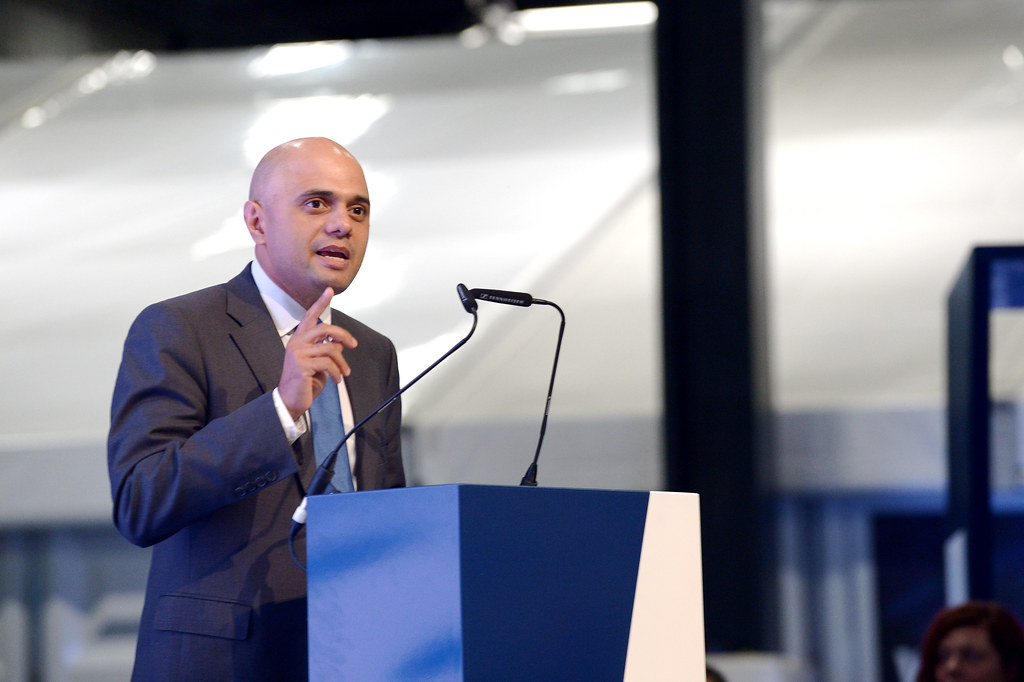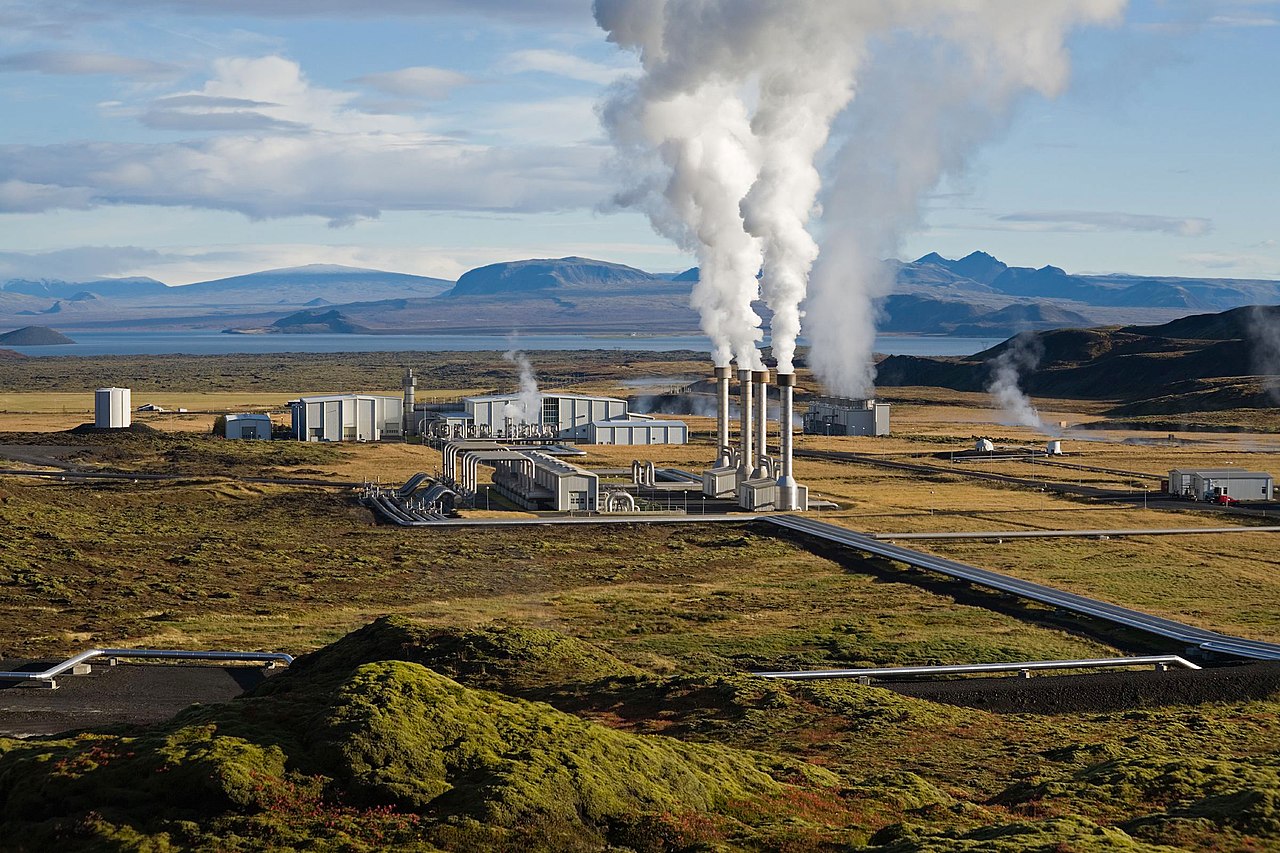The Akademik Lomonosov, Russia’s latest energy endeavour, will be towed along the Northern Sea Route through the Arctic Ocean, landing in Pevek later in August. The floating nuclear power unit (FPU) received an operating licence in July and will be used to provide low-emission energy to Russia’s Chukotka region, a remote mining and drilling area. The Akademik Lomonosov will replace the region’s current energy producers, nuclear power plant Bilibino NPP and coal-fired power plant Chaunskaya CHPP when it is connected to the local power grid in December 2019.
This FPU has been the subject of concern from environmental groups like Greenpeace, who have called the project “Chernobyl on ice”. The Bellona Foundation has discussed the possibility of tsunamis which could displace or disrupt the reactor and cause significant environmental consequences reminiscent of the Chernobyl disaster. Rosatom, Russia’s State Atomic Energy Corporation, has rejected these concerns, claiming that measures have been taken to ensure the FPU’s safety in the event of natural disaster or human error. While the Chernobyl disaster remains fresh in the public’s memory, the success of nuclear power plants like Kashiwazaki-Kariwa in Japan and Bruce Nuclear Generating Station in Canada have shown how lucrative clean nuclear energy can be, producing up to 8,212MW and 6,430MW of energy respectively. The difference is that none of these successful power stations have ever been mobile.
Rosatom has described an agreement made to discuss the possibility of a similar FPU for Sudan. This has caused further concern for Greenpeace and other environmental organisations, who worry that while Russia may have the experience, safety standards and regulatory power to safely carry out such a project, Sudan may not. The Sudanese project is yet to be confirmed, as Russia awaits further news on the success or lack thereof of the Akademik Lomonosov.
Latest News
-
Women’s Aid first UK recipient of Avon’s global fund
-
Advertising firm donates £5m of billboard space to NSPCC
-
Car firm to support cancer patients’ charity
-
Co-op pledges £70m to create 7,000 apprenticeships within five years
-
UK firms bring solar power to Ukrainian hospital
-
National Grid announces £2.3m funding to help vulnerable households
© 2019 Perspective Publishing Privacy & Cookies







Recent Stories